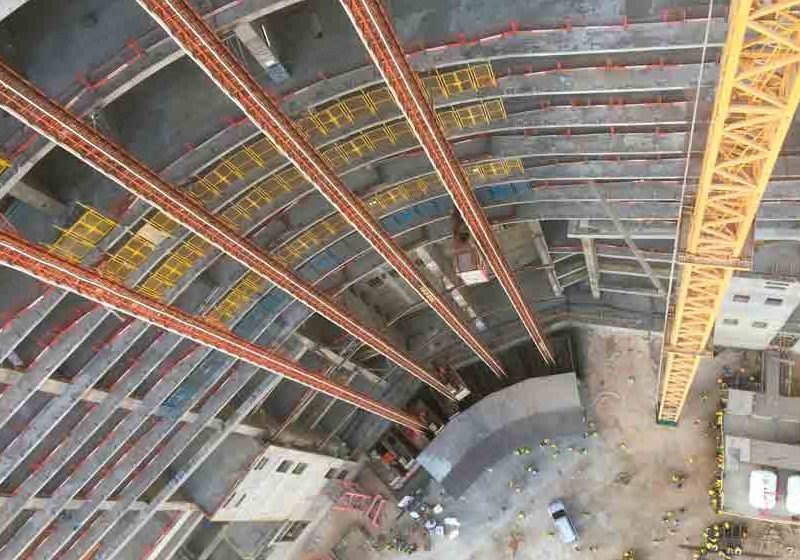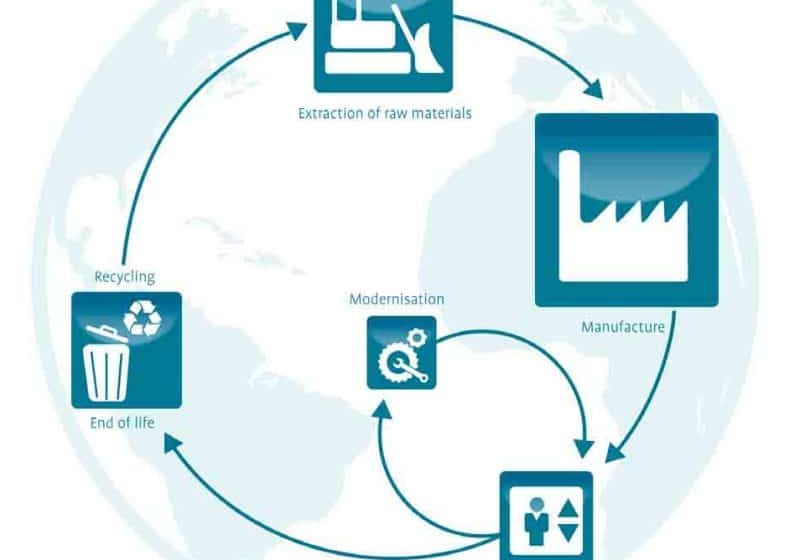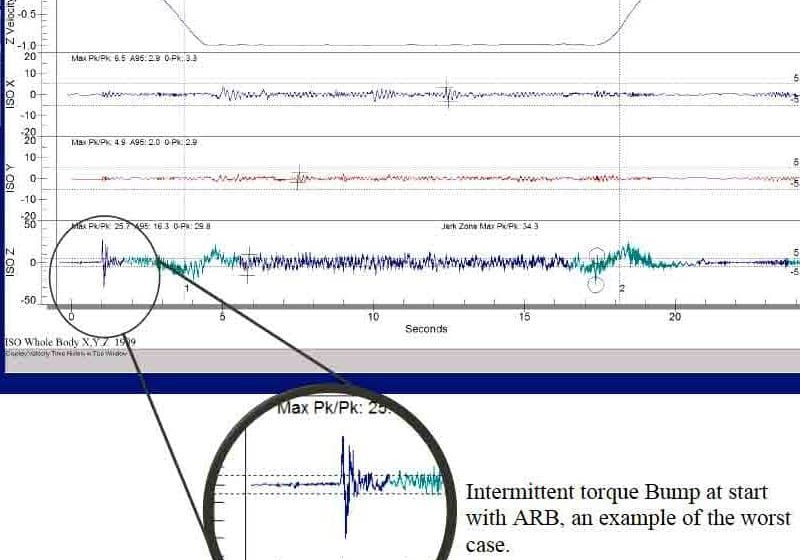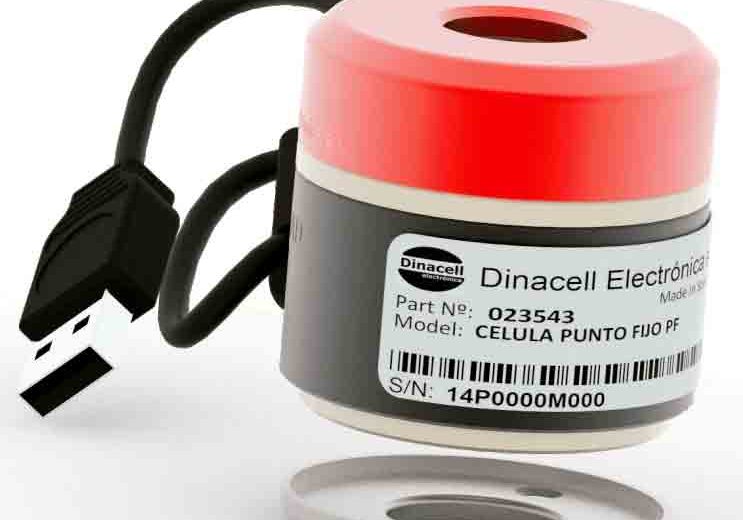New Life for Hydraulic Elevators
Oct 1, 2017

Oil testing technology increases component longevity and cuts costs for service contractors.
With the introduction of the machine-room-less (MRL) traction elevator came predictions of the demise of the hydraulic elevator, but these forecasts have yet to come to pass. In fact, the hydraulic elevator is again beginning to thrive in the U.S. market. Hydraulic elevators are still viewed by many within the industry as the best selection for many buildings, and in most applications requiring travel of 50 feet or less, the hydraulic elevator will perform as well as a traction elevator.
With new cylinder and well hole designs, today’s hydraulic elevator is expected to last longer than ever. The environmental risks and concerns are lessened with the encapsulation of the cylinder and the use of a cylinder liner and bulkhead. The initial construction cost is less than an MRL alternative, and operating costs are lower than what might be expected.
Developers whose projects are candidates for hydraulic elevators should consider several cost factors when weighing whether to use traction or hydraulic equipment:
- Initial cost: a conventional hydraulic elevator installation sells for about 35% less than the competing MRL traction elevator.
- Energy consumption: the pump motor in a hydraulic elevator is only energized when the car is running in the up direction. When the car is running in the down direction, only the low-voltage solenoid valve is energized, which uses very little energy.
- Preventive maintenance: hydraulic elevators are usually less costly to maintain. A typical four-stop hydraulic elevator costs about 25-30% less per year, when compared to a traction elevator, for “full maintenance” service.
The Service Contractor’s View
A maintenance service program for a hydraulic elevator may not look so good from the service contractor’s point of view. Even if the contractor receives an increase in the service price each year, the aging equipment, deterioration of the oil and need for frequent parts replacement causes increased call-back and repair time. This cycle begins to erode the profit margin of the contractor, not to mention the customer’s level of trust and satisfaction.
Whether hydraulic or traction, call-back maintenance has become an additional revenue stream for the contractor if call-backs are not covered by the service contract or if billed to the customer. To some contractors, increased unscheduled call-back time is not an additional labor cost, because the route mechanic is expected to complete the route service along with call-backs responded to during the month. To meet the demand of service calls on the route, the contractor has to allow sufficient time for servicing the elevator. This concept results in frustrated mechanics and added revenue for the company, because the company still receives payment from the customer. However, there are negatives hidden in the form of opportunity costs to the owner and contractor. What is this doing to the contractor’s overall reputation? What about the degradation of the equipment? These are real costs:
- Litigation cost: under the call-back service program noted above, how many liability claims will the contractor be forced to defend regarding improper operation of the elevator? The call-back maintenance methodology has resulted in increased litigation and liability insurance costs for the contractor and industry.
- Maintenance control plan (MCP): this is a program modeled after automobile and aviation service standards. There are many new service technology ideas for keeping an elevator in top operating condition, so how do we deliver these to the customer? The issue is delivering adequate service time to perform the proper maintenance protocols. The code regarding MCPs in ASME A.17.1-2013 is emerging as the new standard for prescribed elevator maintenance. The program includes the details for each service task to be performed, and is available for both owner and contractor.
- Points to ponder: how much more effective could a technician be when servicing accounts with fewer call-back interruptions? How much better-quality effort could be delivered to the customer when a service visit takes place? How would the public perception of the service contractor be with its fleet of elevators operating efficiently, and without noise, leveling and reliability issues? How predictable would the replacement of parts be? Accurate predictions would result in more efficient and reliable uptime. Would reliability command a premium service price in most hydraulic and traction markets? The MCP program can produce a higher level of customer satisfaction. The contractors who are looking for 10, 20 or more years — or “lifetime” contracts — can realistically offer this custom service program to premium clients.
- New ideas for hydraulic elevators: when it comes to hydraulic elevators, there is one service-method technology for which the industry is beginning to find acceptance: the preservation of hydraulic oil by using periodic oil testing, analysis and filtration. The thing to understand is that aging and degradation of hydraulic oil creates havoc within the hydraulic system. Managing the quality of the oil helps control several variables affecting the total hydraulic cost equation.
The greatest consumer of oil has been the internal combustion engine, and this is where most of the oil conservation efforts are concentrated. The efforts resulted in a significant savings of oil, along with the added benefit of cleaner air for the environment.
After the oil industry and science addressed the automotive industry, more challenging applications were confronted. The aviation, marine, industrial, power-transmission and turbine industries were subjected to close analysis. One by one, the standards and usage for these industries were examined and refined.
When looking at the common oil usage in the above applications, we arrive at some basic understanding and functions of oil:
- Lubrication: reduction of friction in moving parts, thereby extending the life of those parts
- Transfer of heat, keeping moving parts cool
- Transmitting force, such as used in a hydraulic system for power-assisted mechanical equipment
- Providing dielectric strength: normally used in electric power-transmission equipment
- Preventing corrosion: example: cleaning and oiling weapons during military service
A reduction in the volume of oil in a system has minimal effect on all of these, except “transfer of heat” and “transmitting force.” Since the early 1960s, most transportation, industrial, marine, aviation, power-transmission and turbine equipment has had the benefit of operating with more-efficient hydraulic-system designs employing less oil and higher pressures.
Owners and managers have been compelled to improve the quality of maintenance programs to keep equipment operating efficiently and protect capital investment. Oil testing and analysis programs were developed to determine the relationship between wear on the equipment and degradation of the oil.
The research revealed that oil really does not wear out. It oxidizes and becomes contaminated with impurities, and creates organic compounds — namely, acids and sludge material. The acids formed are, most commonly, acetic, formic and other long-chain acids. This contamination in the oil attacks the interior workings of the hydraulic system. Sludge reduces the heat-dissipation properties of the system and further accelerates the acidic reaction within the oil. An estimate of the degradation of the subject system can be developed by examining impurities and oxidation byproducts. Additionally, oil analysis helps identify system components’ degradation and other wear resulting from the contamination. Once the analysis is completed, impurities in the system can be filtered and removed, spent additives and oxidation inhibitors can be reintroduced, and voila! A new batch of oil is ready to load for another lifecycle, and, importantly, the testing results provide a baseline diagnosis of the health of the equipment for future reference.
The Elevator Industry
Oil-testing technology has finally arrived at the elevator trade. In this conservative industry, technology typically lags 10-15 years behind other industries. Given the reliability required to keep the riding public safe, new technologies are only introduced after being thoroughly studied.
To control costs and reduce space, elevator manufacturers have begun designing hydraulic power units that operate at high pressures with reduced quantities of oil. The result of these designs is that the hydraulic system must work harder to remove heat, transmit force and lubricate components in the system. With these three factors coming into play, hydraulic systems are frequently showing premature signs of oil aging, contamination and degradation.
Maintaining the proper operating temperature of oil is critical, because the main catalyst that starts and speeds the aging process is elevated operating temperatures. One manufacturer has produced a chart showing that the operating temperature of its power unit should not exceed 185°F. Moisture from atmospheric condensation presents another problem for hydraulic elevators, not only because it can accelerate the aging of the oil, but also because of other problems. But, nothing creates deterioration of hydraulic oil faster than oxygen combined with excessive heat in the system.
Over time, hydraulic oil will mix with oxygen in the atmosphere and begin to form organic acids. In electrical power-transmission equipment, the oxygen degradation process is slowed by pressurizing the oil tanks with a blanket of dry nitrogen gas. Elevator oil reservoirs, however, are not pressure sealed, so they allow oxygen to mix with the hydraulic oil in the reservoir. This causes oxidation of the oil, which creates acids that attack the hydraulic system’s flexible seals. Whether synthetic or natural rubber, seals exposed to these acids lose their flexibility and become brittle.
The acids also create rust on metal components in the system, and the sludge acts as insulation, thereby reducing the heat dissipation of the reservoir holding tank. The contamination corrodes pump and valve components, which leads to micro pitting of milled and polished metal surfaces and, thus, reduced lubricating properties of the oil.
Sludge will hold water suspended in the oil, which also degrades the oil. This water is not observable as free water in the system; rather, it is dissolved in a colloidal suspension within the oil itself. This water can present a ride-quality issue, such as “sponginess” or bouncing of the car.
Hydraulic-oil contamination can consist of rubber particles, acid, rust, sludge, varnish, water and oxygen. But, how often do these contamination issues result in frequent leveling and operational problems? How often is blame wrongly placed on the operating valve? How many times will a contractor replace the valve or make repeated call-backs trying to adjust the valve, unaware the real cause is the contaminated oil varnish and particulate matter in the valve body? And, finally, what about the cylinder packing replacements and flooded oil in the pits?
Hydraulic systems, if properly maintained, monitored and serviced and operating at a moderate temperature (say, 95°F) and with motor protection, should operate reliably for 30-50 years with no major components needing replacement.
Oil Management
A good hydraulic-oil testing and reclamation program can make the equipment last longer and perform more efficiently. This, in turn, will help control the maintenance contractor’s labor and parts overhead, while keeping the equipment properly maintained.
When a hydraulic elevator system is properly serviced and its oil preserved, it theoretically should remain intact, except for minor repairs. In a typical hydraulic elevator installed today, we might replace the controller and minor components in 15-25 years. The pump motor, when protected with an electronic soft starter, should last for 15-25 years or longer without a major incident, depending on usage. Using clean, filtered, uncontaminated oil should allow the main hydraulic control valve to withstand 25 years and countless cycles of use. In-ground hydraulic cylinders enclosed in a protective PVC sleeve and isolated from corrosion and electrolysis, oxidation and groundwater contamination will also contribute to system longevity.
The hydraulic system can provide reliable service well beyond 25 years. We might go further and ask, how long would a hydraulic elevator last if the door system hardware were also properly maintained and repaired, along with the hydraulic system and controller? Could it go 25, 50, even 75 years? Why not?
Regular visits by a technician following an MCP (which is, in truth, an asset-management plan) should allow the service contractor to calculate a predictable component failure rate and scheduled replacement plans that reduce faulty operation and possible litigation. Improved reliability and predictability will also provide more consistency and profit margins. In short, a lifetime service program that is mutually successful for the buyer and seller.
Conclusion
In summary, an aggressive oil testing and reclamation program for hydraulic-elevator refurbishment is destined to become the industry standard in the near future. The cost factors as presented here, combined with an elevation of the contractor’s reputation, make it an attractive methodology. The service price/profit motive of this technology in the elevator industry will become more accepted as industry education and acceptance by the trades take place.
Energy savings and minimal space requirements are often the driving point for the purchase of a traction elevator. These are often considered without being properly compared with the initial construction prices and continuing service program costs that should be factored into the equation. The overall financial benefit of the hydraulic elevator can add up to a significant amount over the long term. It would seem that the demise of the hydraulic elevator has been greatly exaggerated.
References
[1] “Pitfalls Lube Oils Hydraulic Fluids in Heat Transfer Systems,” (Paratherm.com).
[2] William Stofey. “Reclaiming Hydraulic Oil Eliminates Disposal Problems,” Hydraulics and Pneumatics.
[3] S.D. Meyers Inc., Transformer Consultants
[4] S.D. Myers, J.J. Kelly, R.H. Parrish, E.L. Raab A Guide to Transformer Maintenance.
[5] Michael Johnson, The Gorman Co.
[6] Roy Kennedy, Linden Elevator Specialties, Inc.
Get more of Elevator World. Sign up for our free e-newsletter.









